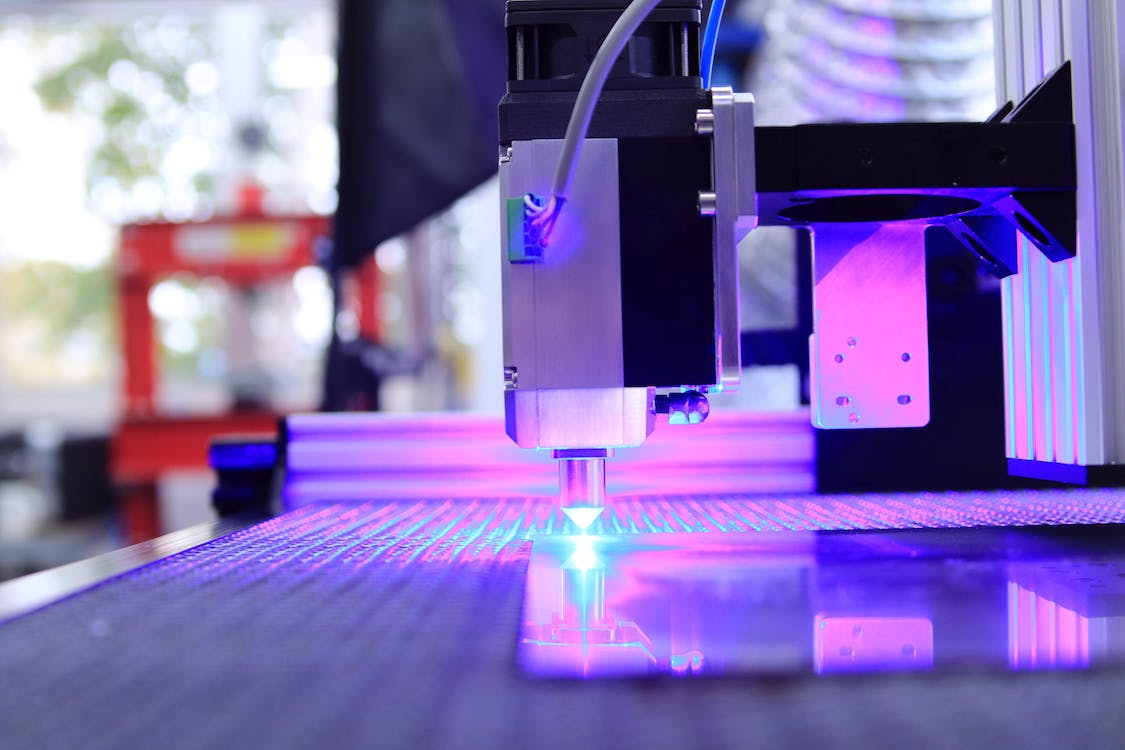Trial and error are necessary elements of the process of machining the ideal part, especially as CNC technology develops. It might be challenging for a beginner machinist to know where to begin with so many variables influencing your machining process.
To assist you in achieving the level of part perfection you’ve been striving for, we’ve put together 5 high-speed CNC machining tips. Also, you will get an idea about CNC mini lathes vs lathes.
Table of Contents
Invest In Quality Tooling
By avoiding cheap cutters that readily break and soon wear out, you can save yourself some money and headaches. Better quality and consistency in your production are provided by high-quality tooling, which is designed to withstand the stresses of high-speed machining.
Because carbide tools are three times as stiff as high-speed steel ones, we advise using them. Additionally, carbide is noted for having a longer tool life and managing greater SFPM (surface feet per minute) rates.
Warm Up Your Spindle and Machine
To disperse the grease and stop early bearing wear, CNC machining routinely warms up the spindle. However, it’s equally crucial to check that the internal machine parts are at a constant operating temperature before you begin milling.
You can reduce the impact of thermal expansion during milling by combining spindle warm-up with machine movement in all directions. As a result, performing a 10–20-minute spindle and machine warming can help you maintain precise tolerances and produce components of consistently high quality.
Pair Small Tools with High-Speed Spindles
For milling high-quality pieces, you need a greater spindle speed as the tools get smaller. Spindles with much power are not necessary for micro tools. Lower machining forces assist prevent tool breakage, while high speeds move the tool quickly enough to remove chips effectively while preventing excessive heat build-up.
Use Dynamic Tool Paths
Although the idea of dynamic methods is not new, CNC machining software has advanced significantly, making it much simpler for CNC newbies to use currently.
The term “dynamic milling” may vary from CAM software to CAM software, but the idea behind dynamic milling is always the same: use a full depth (axial) cut and a very light side (radial) cut to maintain a constant chip load during the whole cut.
To strike the ideal ratio between material removal rate and tool life, use shallower stepovers with deeper step downs. Better surface finishes, shorter cycle times, and longer tool and spindle life are all benefits of dynamic tool paths.
Understand the machine’s programming
The coding and technical requirements for various CNC machines vary. Make sure you comprehend the tool’s technical interface before making a purchase. If you are not skilled at coding, a complex system could befuddle you.
It is necessary to have someone else who will operate the machine with you when you purchase so they can examine how it operates and determine whether they can use it. Spending a lot of money on something you won’t use is not what you want to do.






